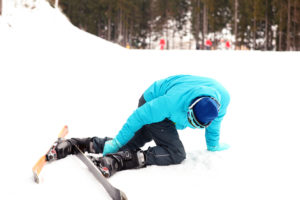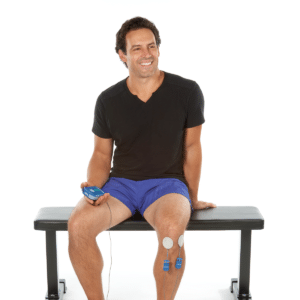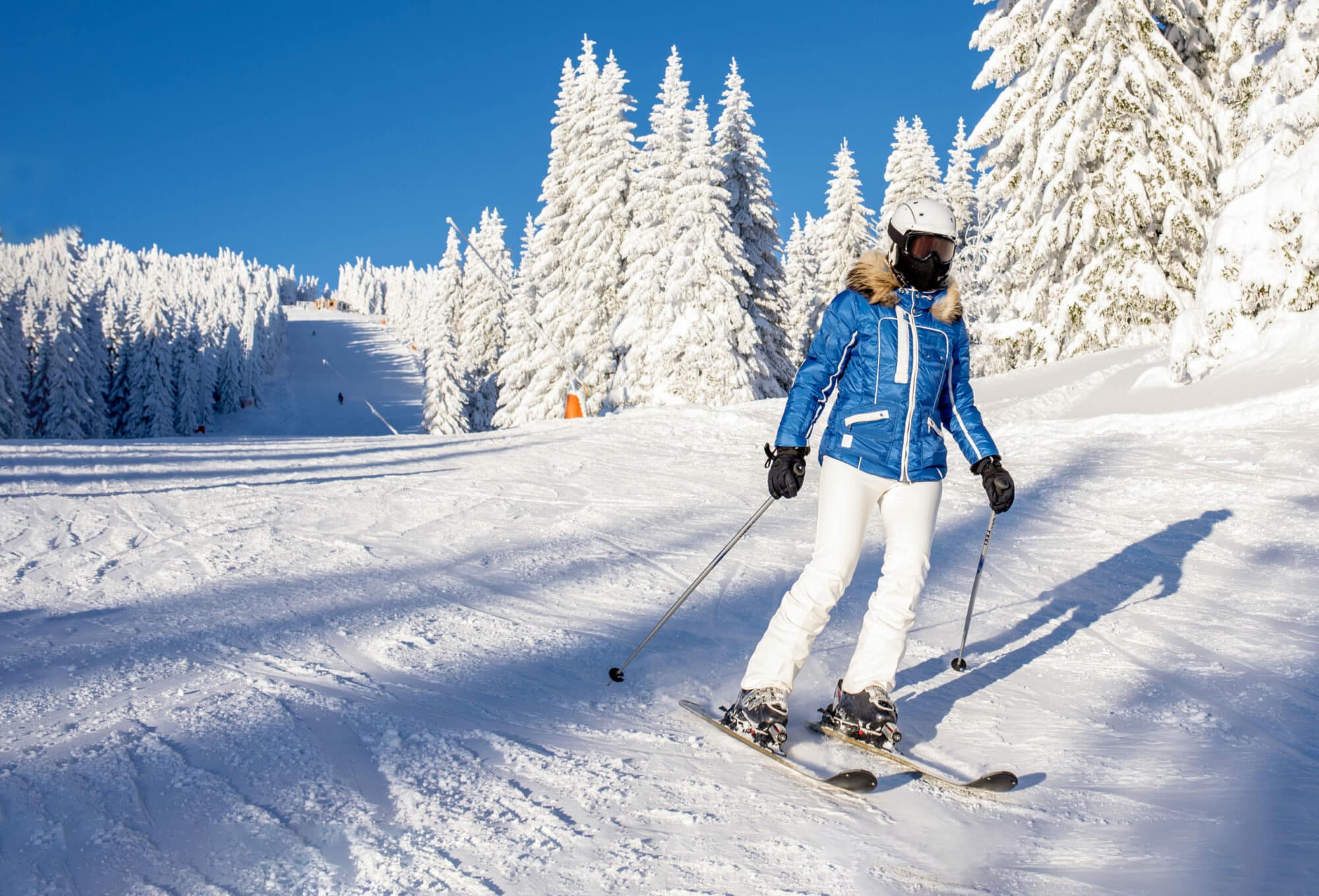The first snowfall of any winter means prime conditions for skiing, snowboarding, sledding, and ice skating. These cold-weather sports are fun and popular, but the various injuries they can lead to if you’re not careful aren’t so enjoyable. In fact, almost 200,000 people were treated at hospitals and emergency rooms for injuries related to winter sports in 2018, according to the most recent data released by the U.S. Consumer Product Safety Commission.
Common Winter Sports Injuries
No sport is without risk, but you can help protect yourself from common injuries by recognizing potential dangers and taking steps to prevent them. Here are some of the most common injuries that occur in winter sports:
Skiing

Skiing is one of the most common winter sports – and it also produced the most injuries of any other winter sport in 2018, per the U.S. Consumer Product Safety Commission data. Since skiing relies heavily on leg strength for balance and motion, knee injuries are common among skiers, as are ankle sprains and tears. According to Dr. Mark Murdoch, a chiropractor (follow him at @base.camp.doc), skiers also risk tearing their ACL (Anterior Cruciate Ligament). And, those who fall on an outstretched hand while holding a ski pole can experience what’s known as “skier’s thumb.”
Ice Hockey

Ice hockey is a high-velocity sport involving finesse, speed, and power. Due to the unique skills and speed required to excel in this winter sport, it can result in a variety of injuries such as:
- Sprained ankles and knee ligament tears
- Wrist fracture or shoulder dislocation from fall on the ice or collision with another player
- Lower back strains caused by frequent forward bending
- Muscle pulls, especially at the hamstring caused by muscle overload during a forceful push into a skating sprint
Ice Skating

Ice skating is a favorite winter sport for families – however, this activity involves the potential for injuries caused by slipping on ice. Skaters run the risk of ankle, knee, wrist, and even head injuries. Regular skaters may also experience overuse injuries such as stress fractures and ankle bursitis.
Preventing Winter Sports Injuries
Fortunately, most of these injuries are preventable. Take these steps to reduce your risk of injury while participating in your favorite winter sports:
Shape Up
Before starting up any winter sport, prepare by getting in shape and conditioning your muscles for strenuous activity. Strengthen your core and hips, work out your arms and legs, and train for overall stability to help minimize the chances of injury. If you ski, check out these strengthening exercises, courtesy of chiropractic and sports injury rehab group Revive Sport & Spine, you can do before hitting the slopes. Follow the routine here.
Don’t Skip the Warmup and Cooldown

Take the time to properly stretch and warm up before winter sports to reduce the risk of injury as cold muscles and ligaments are more prone to problems. Warm up for 5-10 minutes with jumping jacks, running, and dynamic stretches to help prepare your body for activity. It’s equally important after activities to cool down and care for muscles. Slowly and gently stretch after activity, holding each pose for 30 seconds.
Stay Hydrated

Drink water before, during, and after every activity to stay thoroughly hydrated. Even mild levels of dehydration can affect physical ability and endurance.
Recover From Winter Sports with BioWaveGO® RX
Winter sports can be a lot of fun, but they can cause fatigue and tiredness that increase the chance of injury. If fatigue sets in, take breaks to rest and recharge. After you’re done for the day, repair your sore or injured muscles and joints by using an electrotherapy device like BioWaveGO® RX to help accelerate your recovery. This 100% drug-free, wearable, FDA cleared smarter pain blocking technology device helps relieve pain and inflammation. It can also optimize muscle recovery so you can go back to enjoying your favorite winter sports!




